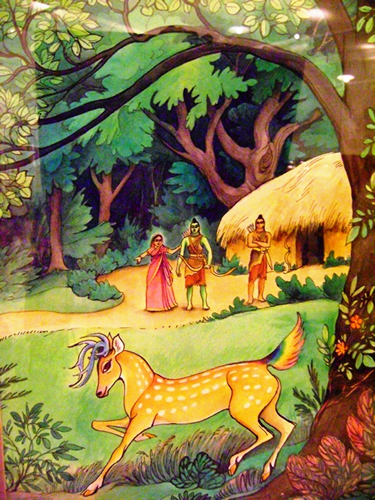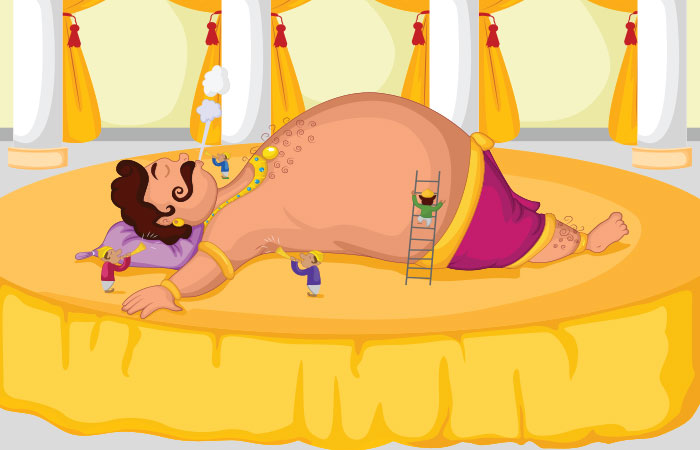


The most famous version is Tulsidas’ Ramcharita Manas, which is also popularly known as the Ramayana. The Ramayana has been translated in- every major Indian language. View a FREE sample.ADVERTISEMENTS: Valmiki, the author of the Ramayana is called the Homer of Sanskrit poetry. This set of Lesson Plans consists of approximately 115 pages of tests, essay questions, lessons, and other teaching materials. Edited excerpts:Ramayana Fun Activities.
A delightful story to read to young children. This story of Indians classic tale of Rama and Sita and Hanuman is retold here for children with many rich color drawings. The monkey brigade accompanied.Children love this brightly colored classic. After the battle, Rama returned to Ayodhya in triumph.
The big change is the language -you use a smaller vocabulary to express the same ideas and tell the same story. Everything that would excite a child is in there.How does the process of interpretation and writing change when you reproduce a classic text for children that you have already translated for adults?Actually, very little changes, I was surprised by that. I loved it from the moment I heard it -who wouldn't? Flying monkeys, kidnapped princesses, handsome princes, 10-headed demons, wicked step-mothers. Or rather, Ramayana came to me. Mayoorians continue to create success stories as the year begins on a successful and propitious note.Like all Indian children, I came to the Ramayana as a child.
What are the considerations you weighed up in deciding whether or not to tackle these themes in a children's version?As I said, I tried to tell the story as honestly as I could. What they think is right, what troubles them, what they might do in a similar situation.The Ramayana contains many varied 'adult' themes, for example, the danger of sexual assault, caste politics, dharma. Children will do with it as they please though I imagine parents will do a fair amount of interpreting and explaining for them.Ideally, I'd like children to be able to think about it on their own. I told the story in the most straightforward manner I could. More accurately, I should say that I didn't interpret.
He may not be negotiating ideas like sexual assault or misogyny, but he certainly knows that Sita being sent away made him uncomfortable. He didn't want her to be sent away. A 10-year-old boy who interviewed me about the book the other day said the only thing he wanted to change in the story was Sita's banishment. I use the word dharma, but I also use words like duty and responsibility, often in a speech to or by a character, rather than as an editorial or commentary note.
But I did think of my nieces as I wrote and looked for a voice that they would understand. I wrote this at a stretch. Are there child readers who have seen the work, or parts of it, at earlier stages?I have to confess that there were no early readers.



 0 kommentar(er)
0 kommentar(er)
